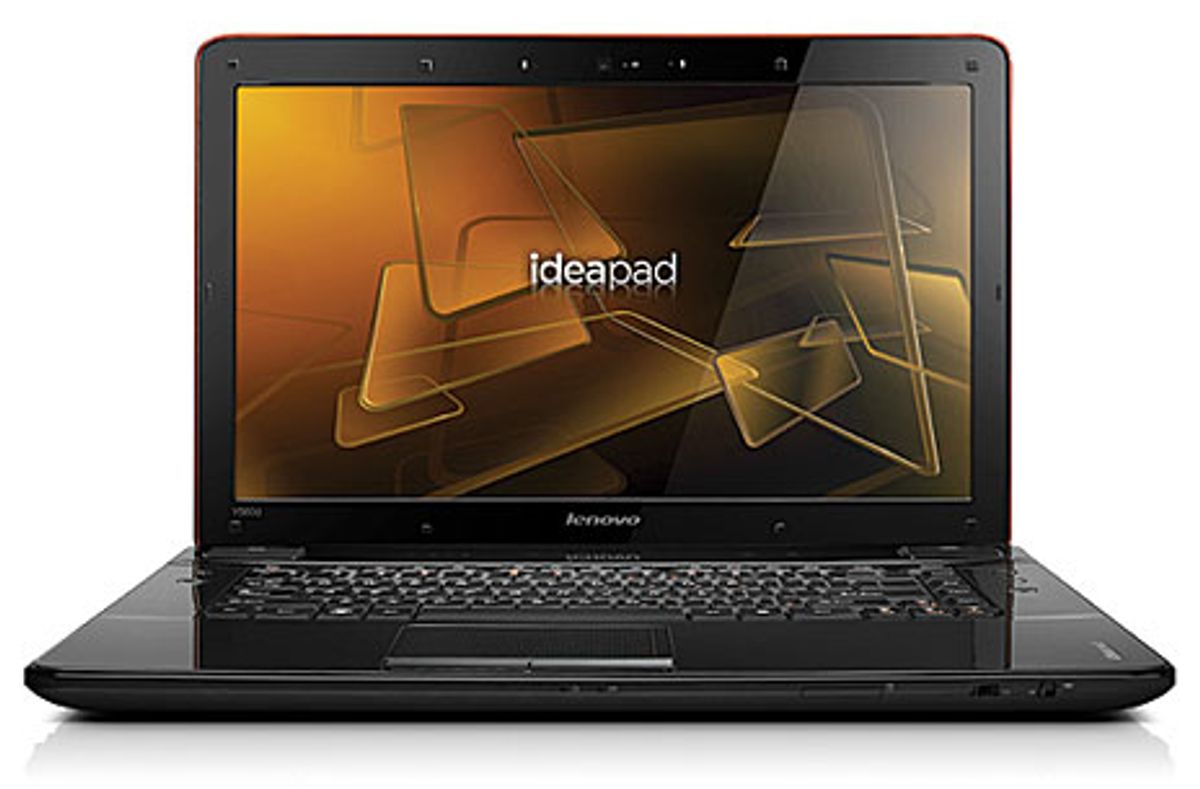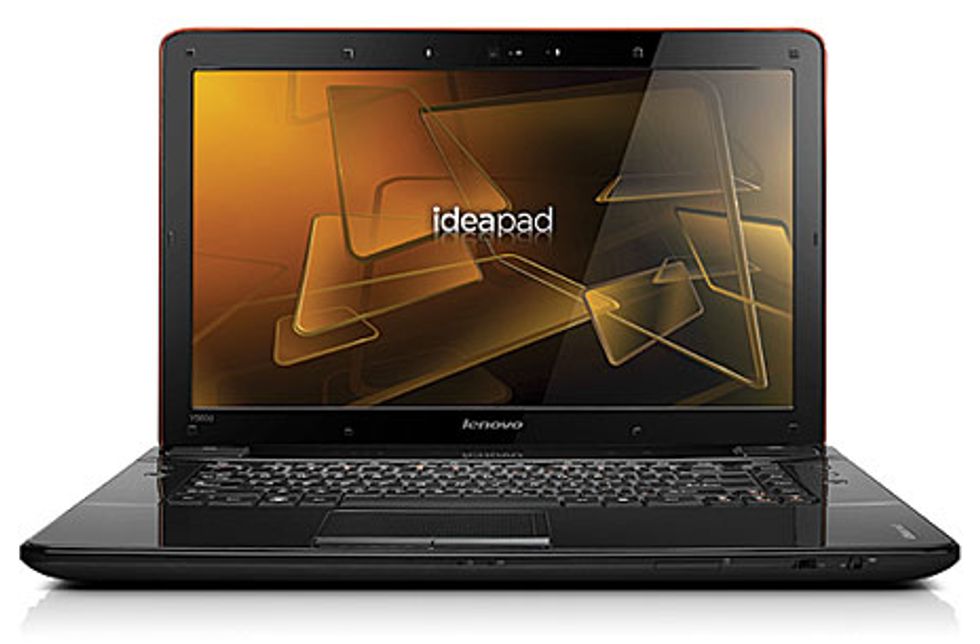This is part of IEEE Spectrum's 2010 Holiday Gift Guide.
It's only been about five years since HDTV was the up-and-coming thing. Now we're being told that HD isn't quite enough; 3-D HD is actually what we want. And not just for television—for computers as well.
Acer, Asus, Lenovo, and Toshiba have all released 3-D laptops recently, and I took the opportunity to try out the Lenovo Y560d. My demo unit was equipped with a quad-core Intel i7-720QM CPU, 4 gigabytes of RAM, a 500-GB hard drive, a 1-GB ATI Radeon 5730 graphics card (which drives the 15.6-inch 1366-by-768 display), and a pair of 3-D glasses. A utility application preinstalled on the Lenovo will search for games that can take advantage of the 3-D, or you can register a game by hand.
The computer achieves the 3-D effect by linear polarization of every other scan line of the screen, dividing the image into halves, each of which passes through only one of the two lenses. The brain combines the two halves into a single stereoscopic image. The effect is convincing, provided you're properly centered in front of the screen.
I put the Y560d through its paces with the classic game World of Warcraft, and it worked very well—for the game's 3-D elements. Particles in the air appeared to float out from the screen, and it seemed as if I could reach into the game and pick up my avatar.
However, the 3-D capability made the game's 2-D elements look significantly worse. For one thing, the alternating of scan lines made small text nearly illegible. I found myself raising and lowering the glasses so that I could read the chat window or the text to a quest I was being offered. The problem is exacerbated by the 1366-by-768 resolution, unforgivably low for a 15-inch screen. On an 11-inch netbook with the same resolution, the pixels are small and tight. But on a larger notebook it's as if you're looking through a screen door. A modern 15-inch laptop can come with a resolution as high as 1680 by 1050, a much more pleasant experience. If this is the price that must be paid to enable 3-D, it's a heavy one, because it affects everything you do with the computer.
With its full-time screen resolution so low and the imperfect 3-D experience, I have a mixed recommendation of the Y560d. The average user will likely be disappointed, but gamers who want both 3-D and the portability of a laptop may not mind.

